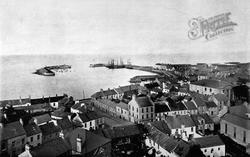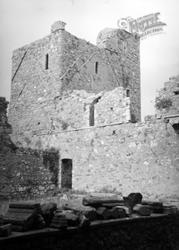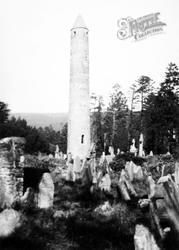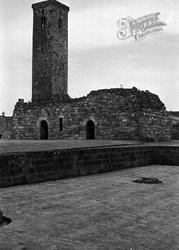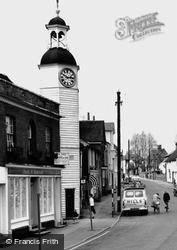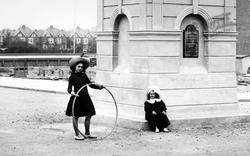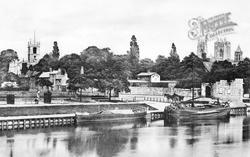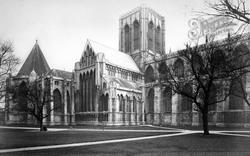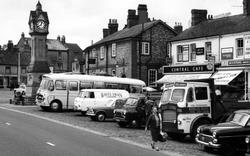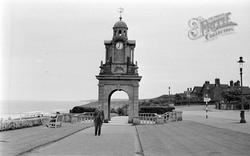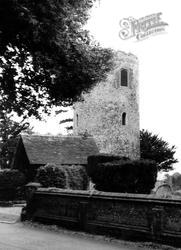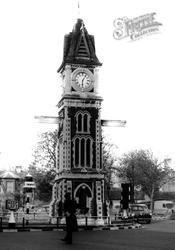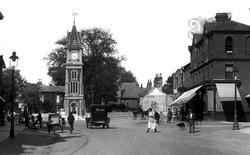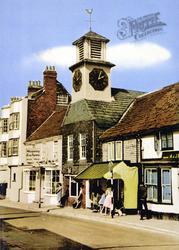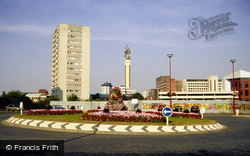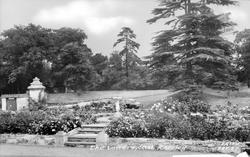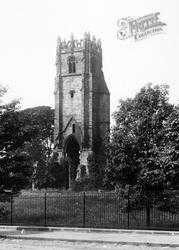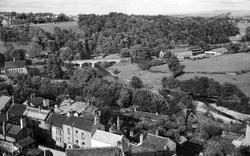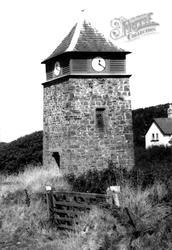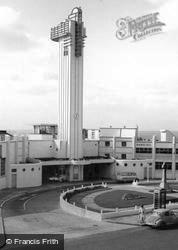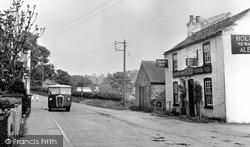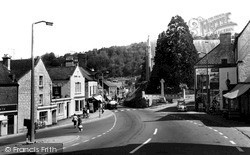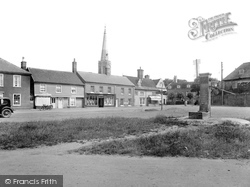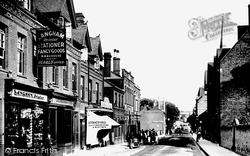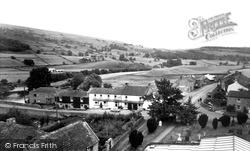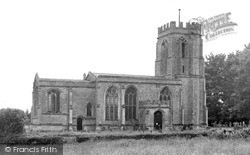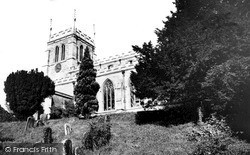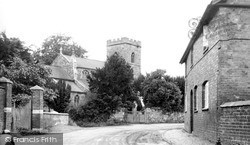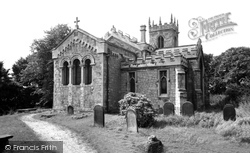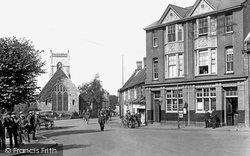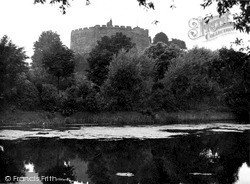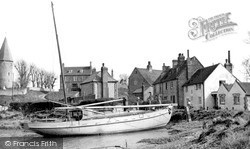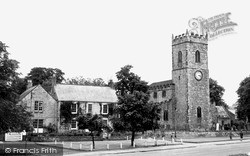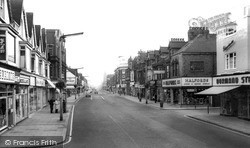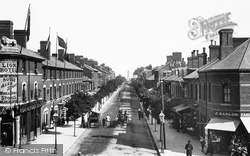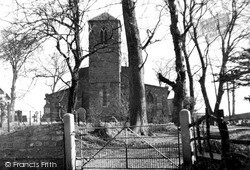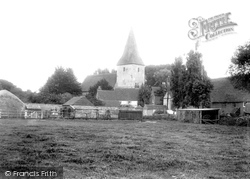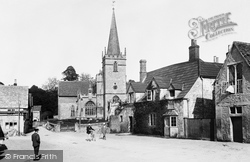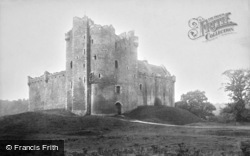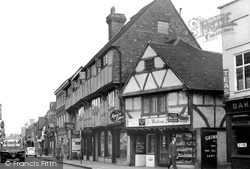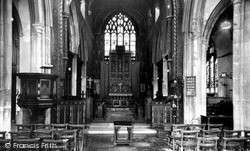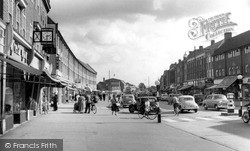Places
36 places found.
Those places high-lighted have photos. All locations may have maps, books and memories.
- Poplar, Middlesex
- Bow, Middlesex
- Bethnal Green, Middlesex
- Stepney, Middlesex
- Alton Towers, Staffordshire
- Isle of Dogs, Middlesex
- Limehouse, Middlesex
- Spitalfields, Middlesex
- Barjarg Tower, Dumfries and Galloway
- Bromley, Middlesex
- Stratford Marsh, Middlesex
- Tower Hill, Merseyside
- Tower Hill, Essex
- St George in the East, Middlesex
- Wapping, Middlesex
- Globe Town, Middlesex
- Old Ford, Middlesex
- Cubitt Town, Middlesex
- Tower Hill, Cheshire
- Tower Hill, Surrey
- Bow Common, Middlesex
- Mile End, Middlesex
- Millwall, Middlesex
- Ratcliff, Middlesex
- Warmley Tower, Avon
- Tower Hill, Hertfordshire
- Tower End, Norfolk
- Tower Hamlets, Kent
- Tower Hill, Devon
- Tower Hill, West Midlands
- Blackwall, Middlesex
- North Woolwich, Middlesex
- Hackney Wick, Middlesex
- Shadwell, Middlesex
- South Bromley, Middlesex
- Tower Hill, Sussex (near Horsham)
Photos
2,720 photos found. Showing results 1,941 to 1,960.
Maps
223 maps found.
Books
1 books found. Showing results 2,329 to 1.
Memories
637 memories found. Showing results 637 to 637.
Captions
3,036 captions found. Showing results 2,329 to 2,352.
The Municipal Building, with its tower and clock face, stands out further up the street.
All Saints church, higher up the village, has a massive Norman tower, and the church is built in the local iron-rich brown limestone.
At the bottom of the slope is the clock tower and George Street, in which is found one of the largest kettles in the country.
The church tower is octagonal and capped with a wooden leaded spire. The pump has been replaced with a car park.
Peeping shyly alongside the square church tower (centre) is the cupola of the neo-Georgian Liberal Club, designed and built in 1895 by Sir Edwin Lutyens at the precocious age of twenty-one.
From the 16th-century tower of St Andrew's Church, established by monks from Bridlington some 900 years ago, we see the bridge over the Swale and the white Bridge Inn (centre). 17th-century cottages stretch
Although not large, the church is a superb and complete Perpendicular Gothic building of high quality and some originality, particularly in the west tower's design.
Mostly 14th- and 15th-century, it was completed by the addition of the great west tower between 1542 and 1548.
The building is of about 1300 with an unbuttressed west tower of 1707, when its spire was taken down.
Around All Saints' parish church are a few older houses, but the church itself, apart from the medieval tower, was largely rebuilt in the 1860s.
St Cuthbert's is a medieval church that was entirely rebuilt after its tower fell in 1851.
Soon after the Conquest, the Normans built a wooden motte and bailey castle at Tamworth on the site of the Mercian fortifications of 913.This was replaced by the shell-keep and tower, which still
It has a Norman flint-built round tower, and a fine shingled octagonal spire.
The chancel was widened and rebuilt when All Saints was granted collegiate status in 1283, and the 15th-century west tower incorporates salvaged Roman stones.
The tower of St George's Congregational Church can be seen in the centre distance – it was demolished many years ago.
The clock tower, built the year of this photograph, can be seen at the sea end of the main shopping street.
The church tower was rebuilt in 1875 by R W Johnson.
This view of the Anglo-Saxon tower with its 15th-century shingled broach spire is seen past farm buildings, now converted to houses, while the field has become a yacht park.
The west tower, with a recessed spire above, has a porch attached, which is unusual. The chancel was refurbished in 1777, and its parapet and pinnacles were altered again in 1903.
It is flanked by a five-storey round tower, and the small ruined structure corbelled out from it on the left (first floor) is in fact a privy and not a doorway.
Numbers 99-103, with their three jettied storeys which tower over the gabled timber- framed house on the right, are now a children's wear shop.
Rising in the centre, the clock tower of the Town Hall of 1870 is a highly visible symbol of civic pride.
The 20-foot-high reredos depicting the crucifixion was designed by George Bodley, who also built the new tower at Long Melford.
It was demolished, and Tolworth Tower was built on the site in 1963.
Places (38)
Photos (2720)
Memories (637)
Books (1)
Maps (223)


